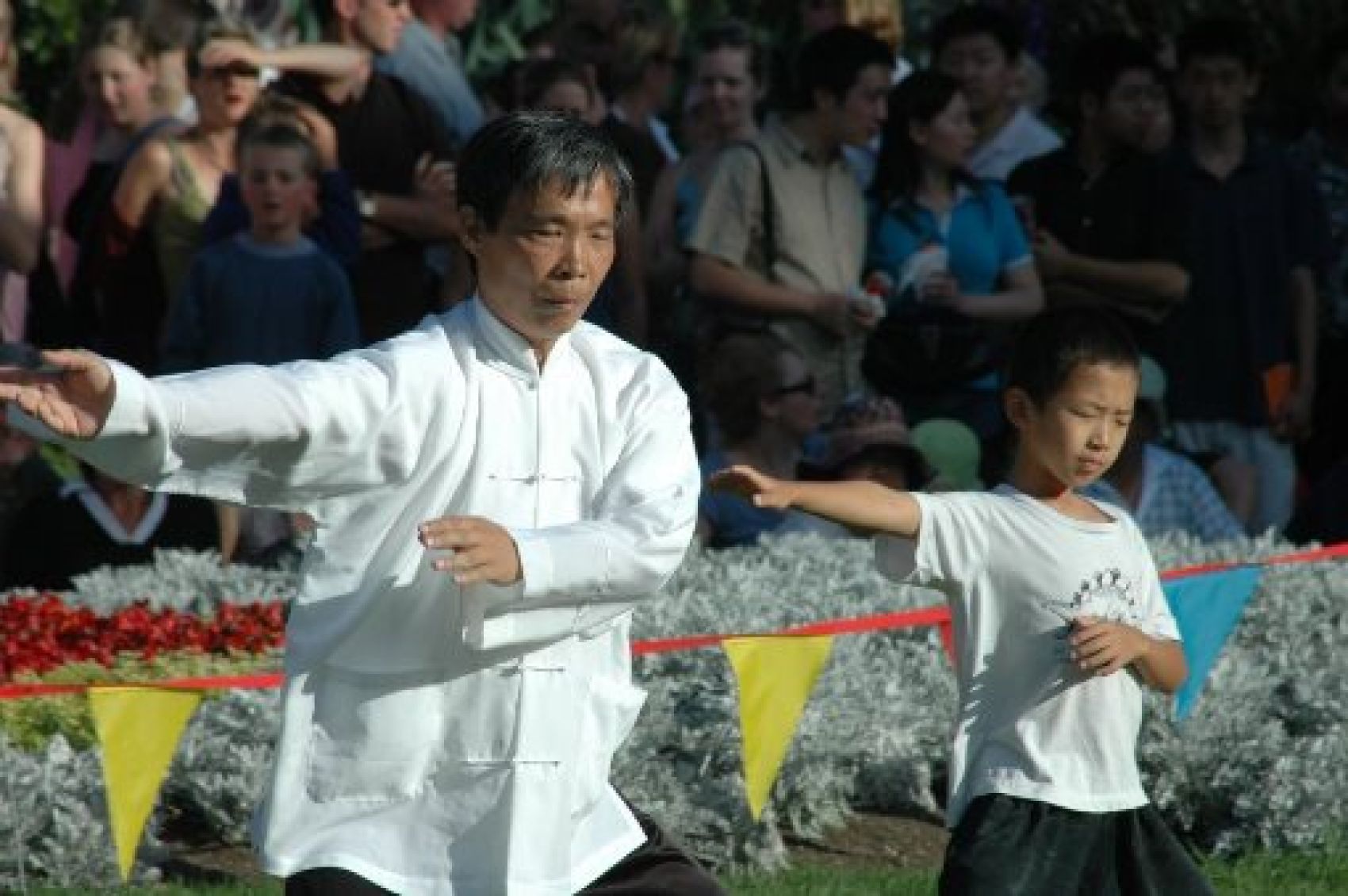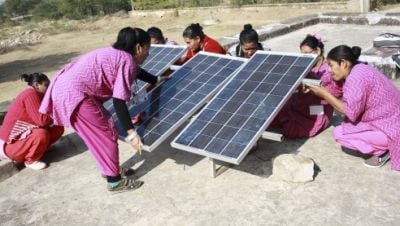While our lives are all different, we share stages of life that are common to all of us. Rowntree was amongst the first to formalise the concept of the life cycle of poverty, and its economic and social challenges, from early childhood (when economic dependency is a given) to when we are too old to work (and thus at risk of poverty). Of course, the idea of life stages is not new. Shakespeare spoke about life stages from the ‘mewling and puking’ babe to old age, rather graphically, if negatively, portrayed as ‘sans teeth, sans eyes, sans taste, sans everything’ (i). Hinduism identifies life stages from early age, when one pursues chaste studentship, through to the age at which signs of ageing appear (grand parenthood).
The gist, though, is that all lives involve childhood; adolescence and coming of age; and gradually ageing while accumulating experiences along the way. But while older age has always been associated with vulnerability, these vulnerabilities can be mitigated, when modern societies respond appropriately. Older people do not suddenly become vulnerable: there is clear evidence that their vulnerability bears the long-term marks of early life experiences. This demonstrates the need for timely interventions that either mitigate the adverse impacts, or amplify the positive effects, of early life experiences. This blog introduces a paper that provides insights into this by looking at the impact of life cycle transitions on vulnerabilities and resilience in old age.
Social policy responses to increases in longevity
The 20th century has seen phenomenal increases in longevity and in our understanding of challenges linked with population ageing. Society has been slow to embrace the positive aspects of longevity and to see older people as a resource. Certainly, older people may need help in terms of pensions, health and social care and infrastructure. But in the right circumstances they repay this investment with extended working careers and more self-reliant, independent living. However, mismatches between advances in longevity, and the evolution of opportunities to empower older people have been the norm(ii). Addressing these structural mismatches is an urgent priority for all governments. The paper points to clear evidence of structural lag in many countries using the evidence from the Global AgeWatch Index. In particular, sub-Saharan, Middle East and Asian countries achieve less than one-third of the desirable benchmark values of the Index in terms of quality of life and well-being.
A clear conclusion is that greater social policy efforts are required in countries worldwide to improve well-being for older people, and make welfare provision more sustainable. An essential distinction is between policies suitable for the current generations of the elderly, and policies required for future generations. The elderly today need protection since they are restricted in their opportunities. The future generations of the elderly will need more opportunities for employment during their working lives, savings and better mechanisms to plan for old age.
Reducing vulnerability and enhancing resilience of older people
The review paper had the following highlights.
- For future generations of the elderly, we must reduce exposure to experiences that harm human development. It is equally important to enhance individual capabilities and throughout life. To achieve this, a human development, people-empowering approach(iii) is necessary that emphasizes lifelong health, education and training. A greater emphasis on active ageing policy discourse(iv) will empower people to contribute to their own development and that of their society.
- • Countries need to combine comprehensive investment in building personal resilience with the provision of age-friendly enabling environments that boost community resilience. Suggestions for improving physical, social and institutional infrastructure are numerous, but lifelong learning, access to information and communication technology, social connectedness, physical safety, civic freedom and access to key public services such as transport are critical(v).
- The strengthening of social protection is required, but must be undertaken with the two interventions mentioned above. Recently, many countries have placed a strong emphasis on basic non-contributory social pensions, which have helped attain income security for older people(vi).
- One other point emphasized both here and in the Global AgeWatch Index 2013 report is that country-level economic development does not automatically improve the lives of older citizens. Instead, specific public policy priorities are required for promoting the quality of life and well-being of older people: Norway and Sweden for instance progressively invested in education, health care, employment and training, and social security throughout the life course long before they became “high income countries”. Likewise, the introduction of good practices in middle-income countries such as Mauritius and Sri Lanka is relevant to countries at a similar stage of economic development and to emerging economies. In Sri Lanka, long-term investments in education and health have generated a cumulative lifetime advantage for many older people, offering lessons to other South Asian countries such as India and Pakistan. In Mauritius, on the other hand, nearly all the over 60s receive a non-contributory pension, which offers lessons for Africa in providing income security for older people.
The cost of these proposals of course is often a concern, particularly for poorer countries. But the evidence presented in this paper points in the other direction. Poor countries do not become any poorer through social investment policies that improve the lives of their citizens; rather, the process enhances their development and their human and structural resilience in the face of population ageing. Early interventions result in more savings, for example reaping benefits of longer working careers, and reduced expenditures on health. These benefits outweigh the expenditures made, say, towards better education, health and employment opportunities, for both young and old.
Asghar Zaidi is a Professor of International Social Policy at the University of Southampton. Previously, he was Director of Research at the European Centre for Social Welfare Policy and Research in Vienna; Senior Economist at the Organisation for Economic Co-operation and Development (OECD) in Paris; Economic Adviser at the United Kingdom’s Department for Work and Pensions in London; and a research officer at the London School of Economics and the University of Oxford.
This blog post was drawn from the Human Development Report Office 2014 Occasional Paper entitled: Life Cycle Transitions and Vulnerabilities in Old Age: A Review
References
HelpAge International. 2013a. “Global AgeWatch Index 2013: Insight Report.” Report written by M. Gorman and A. Zaidi with contributions from B. Azad, S. Beales, A. Kulcsar, C. Knox-Vydmanov, A. Mihnovits, E. Mikkonen-Jeanneret, P. Ong, J. Scobie and M. Skinner. London.
____. 2013b. “Global AgeWatch Index 2013: Purpose, Methodology and Results.” Paper prepared by A. Zaidi, Centre for Research on Ageing, School of Social Sciences, University of Southampton.
Zaidi, A., K. Gasior, M. M. Hofmarcher, O. Lelkes, B. Marin, R. Rodrigues, A. Schmidt, P. Vanhuysse and E. Zolyomi. 2013. Active Ageing Index 2012: Concept, Methodology and Final Results. Methodology report submitted to the European Commission’s DG Employment, Social Affairs and Inclusion, and to the Population Unit, United Nations Economic Commission for Europe, for the project “Active Ageing Index (AAI),” UNECE Grant No: ECE/GC/2012/003. Vienna: European Centre for Social Welfare Policy and Research.
Notes
(i)As You Like it, Act II
(ii)As argued by Matilda Riley and her colleagues over the past two decades.
(iii)This is akin to the social investment approach of the European Commission and also consistent with Michael Marmot’s emphasis on early childhood development to reduce inequalities in health and well-being.
(iv)This is in line with the work of Alan Walker and his collaborators.
(v)These recommendations are along the lines of the work of the Kobe Centre of WHO in measuring the age-friendliness of cities with suitable indicators of the age-friendly environments.
(vi)For more discussion on this, see the forthcoming 2014 report on Global AgeWatch Index.
Photo by Peter Harrison
The HDialogue blog is a platform for debate and discussion. Posts reflect the views of respective authors in their individual capacities and not the views of UNDP/HDRO.


